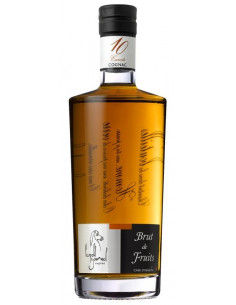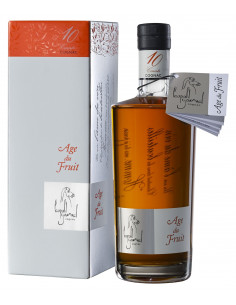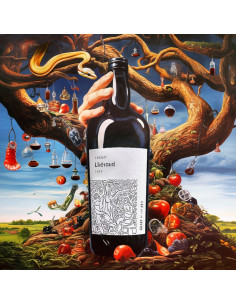July 01 2020 is International Fruit Day, so what better time to discuss Cognacs that boast the fruitiest of aromas and flavor? The type of grape, blend, terroir, vintage, aging process, and skill of the cellar master all have a distinct bearing on how a Cognac ultimately tickles the nose and palate.
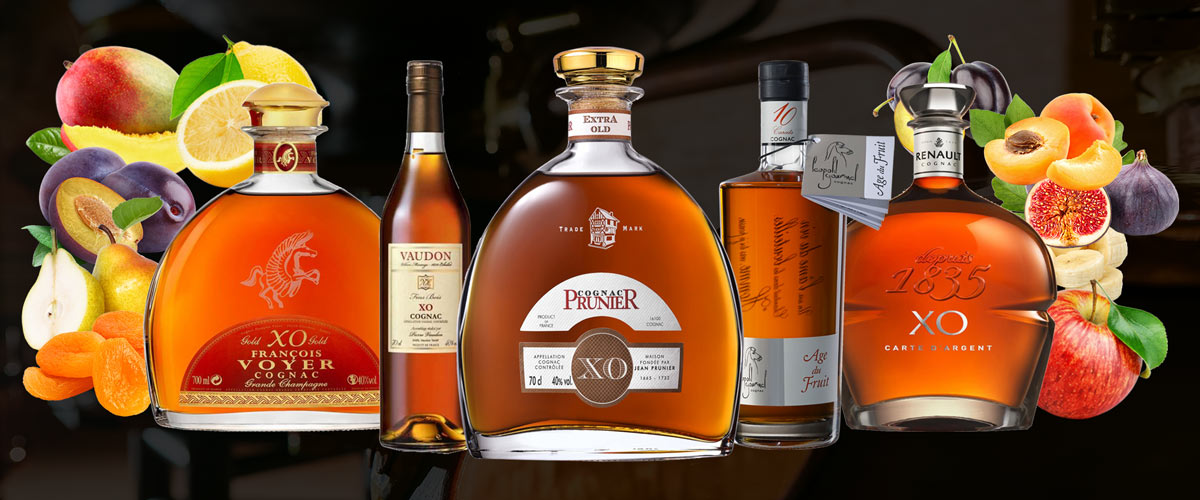
From winter berries to tropical zing, understanding the complexity of fruit flavors in Cognac is a delightful voyage of discovery—one that will fascinate anyone who wants to learn a little more about France’s most iconic brandy…
The Incredible Range of Fruit Flavors & Aromas in Cognac
For those at the beginning of their Cognac journey it might come as a surprise to hear that a drink made from grapes boasts distinct nuances of other fruits. But boast it does, so prepare yourself for aromatic and taste delights that include citrus fruits, red berries, candied fruits, and more.
To understand how this is possible you might want to visit our article What Does Cognac Taste Like? Here, we discuss a little about how the human brain translates the liquor we sip into flavor and aroma (don’t worry, it’s not too “sciencey”).
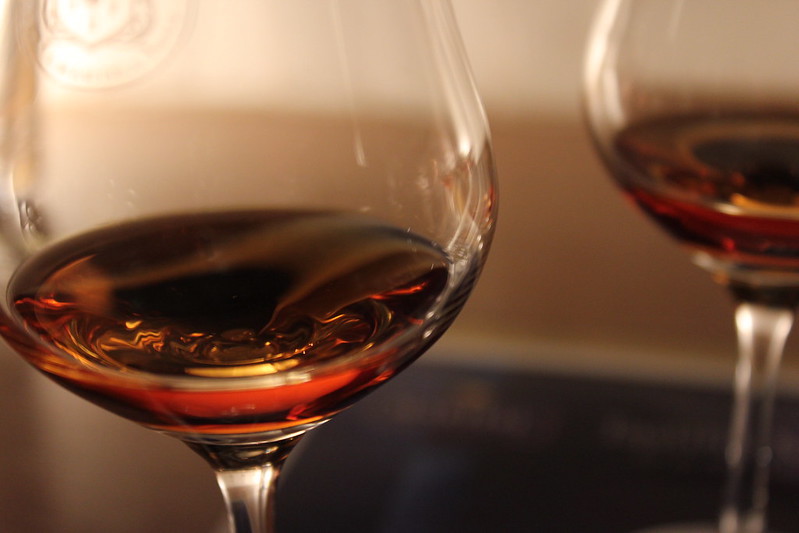
The key point is that the various processes that eau-de-vie undergoes to become the Cognac in your glass brings about subtle chemical changes. These then trigger the same receptors in the brain that match those of other fruits. This is what allows us to perceive an incredible array of sensations that we then taste or smell and have distinct similarities to other memorable flavors and aromas.
In addition to the delights of the grape some of the most common flavors and fruit aromas in Cognac include lemons, oranges, peaches, plums, pears, and apricots. The Cognac aroma and flavor wheel shows how these are grouped into seasons and offers a good basis to seeking out Cognacs that match your taste preferences.
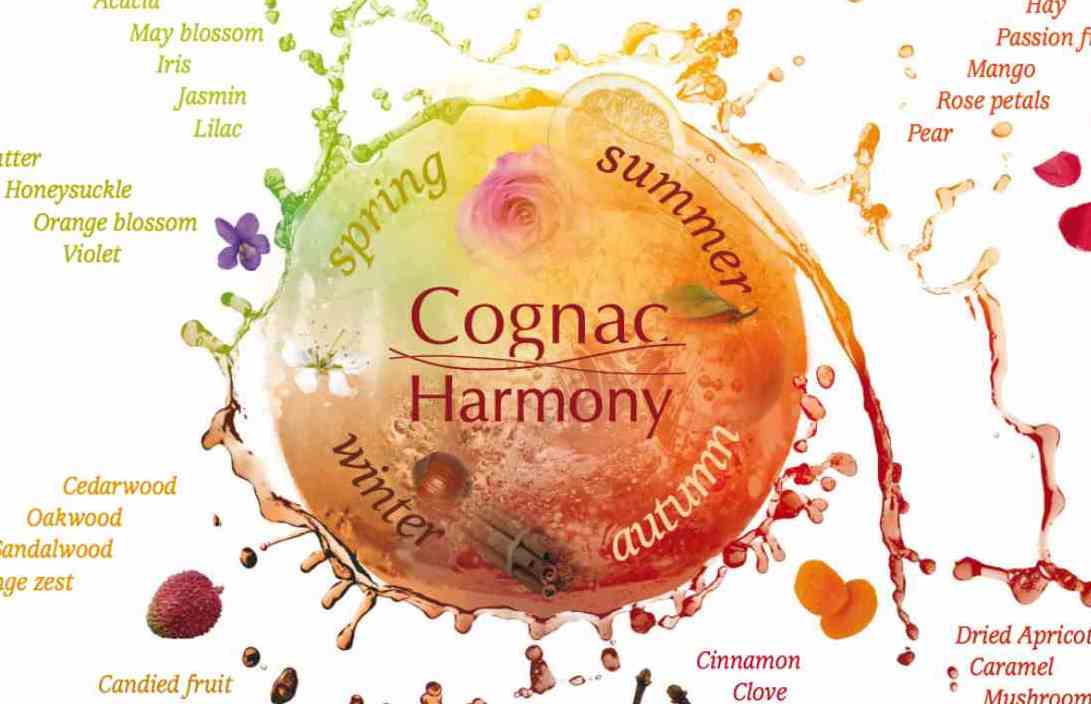
Pssst… If you need any help selecting your next Cognac, head over to our Recommendation Assistant, where you’ll receive 3 personal suggestions based on your tastes, age, price range, and more. It only takes a minute or so and is completely free and without obligation.
We also include detailed tasting notes on every Cognac in our online shop, making it easy to select those that match your taste preference.

The Effects of Oak Barrel Aging
The aging process is one of the most dramatic reasons that we enjoy the vast array of fruits within a Cognac. The length of time an eau-de-vie is left undisturbed within oak barrels determines the final outcome, with younger ones (15 years or less) being dominated by distinct fruit (and flower) nuances.

Longer periods of aging is when the really exciting chemical changes being to happen. Fruit aromas begin to metamorphosize, thanks to natural occurrences, such as further evaporation of water content and the concentration of the larger liquid molecules. New aromas begin to form, leading to the much rarer (and therefore highly prized) hints of fruits, such as figs, dried apricots, and prunes.
And this then leads us onto…
The Mysterious Taste of Rancio Charentais
Before we move on and discuss some great examples of fruity Cognacs we wanted to touch a little on the concept of rancio. This is where extremely well-aged eau-de-vie develops further degrees of aroma and flavor. Rancio is very difficult to explain, and it’s often described as mushroom or earthy. But this fails to address how this impacts the fruitiness of such an extensively-aged Cognac. The following may help…
When it comes to the fruity aspect of Cognac, early rancio (determined as occuring in brandies that’ve been aged for 18-30 years or so) is dominated by notes of dried fruit. This is in combination with the above-mentioned earthy-type nose and palate. But it’s not until brandy reaches 40+ years of aging that this then begins to evolve into tones of overripe and tropical fruits. Here you get to savor delights such as lychees and passion fruit—this is something that all of us, from the novice Cognac drinker to the connoisseur—can enjoy discovering.

A Quick Word About Terroir, Grapes, and Fermentation Aromas
The location within the Cognac appellation where grapes are grown also has a strong bearing on the fruitiness. This is especially apparent with those that grow in the outer lying terroirs of Fins Bois, Borderies, Bons Bois, and Bois Ordinaires, where younger eau-de-vie, in particular, leans towards the fruity quadrant of the spectrum.
When it comes to the grape variety, it has to be said that the widely used Ugni Blanc produces distinctly floral tones. However, the resurgence of the older grape varieties, Folle Blanche, Montils, and Colombard means that those looking to understand the taste and aroma complexities the grape type brings is becoming easier to appreciate. A good place to start would be the new single-grape range by Godet Cognac. You can read our article on this innovation in our article, A Connoisseur Selection.
Of course, the health and quality of the grape also have a strong influence.
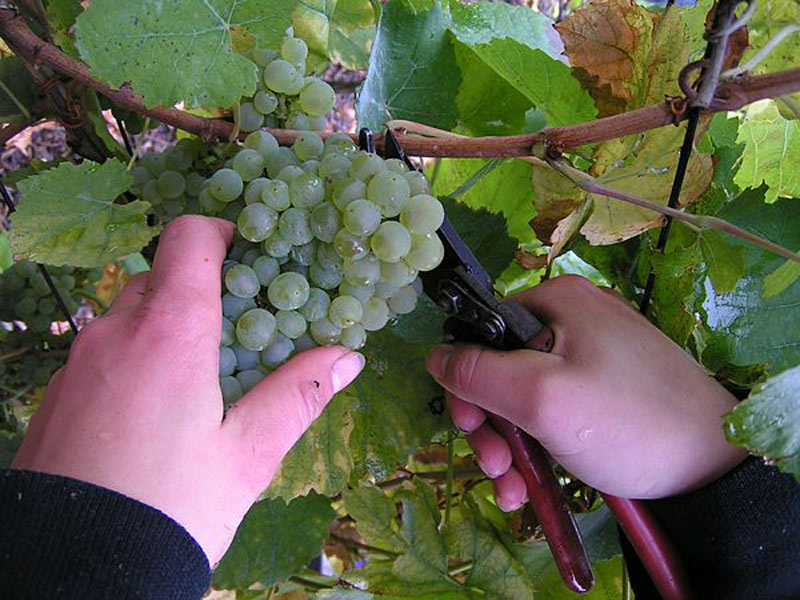
During fermentation, grapes begin to develop their fruit aromas. Depending on aspects such as the temperature, oxygenation, and type of yeast used to ferment them, the development of fruity tones might include apples, pears, and pineapples. As distillation continues, so too does the complexity of these flavors.
What’s the Best Fruity Cognac? Our recommendations
While you can, of course, enjoy a variety of fruit aromas and flavors in any Cognac, some are particularly good examples. In addition, certain producers are known for bringing us a wide range of exceedingly fruity examples, including the houses of Prunier Cognac and Leopold Gourmel Cognac. We even include a recommendation of a Cognac that offers the citrusy aromas of mandarins—the fruit chosen as the superstar for 2020’s International Fruit Day…
The following are 7 of the Best Fruit Cognacs that the Cognac Expert team has had the pleasure of tasting.
#1. Prunier XO Cognac
Prunier’s XO has been aged for around 15 years and is a good example of a Cognac that boasts rather distinct aromas of dried fruits. It’s sweet on the palate and is beginning to show the early stages of rancio.
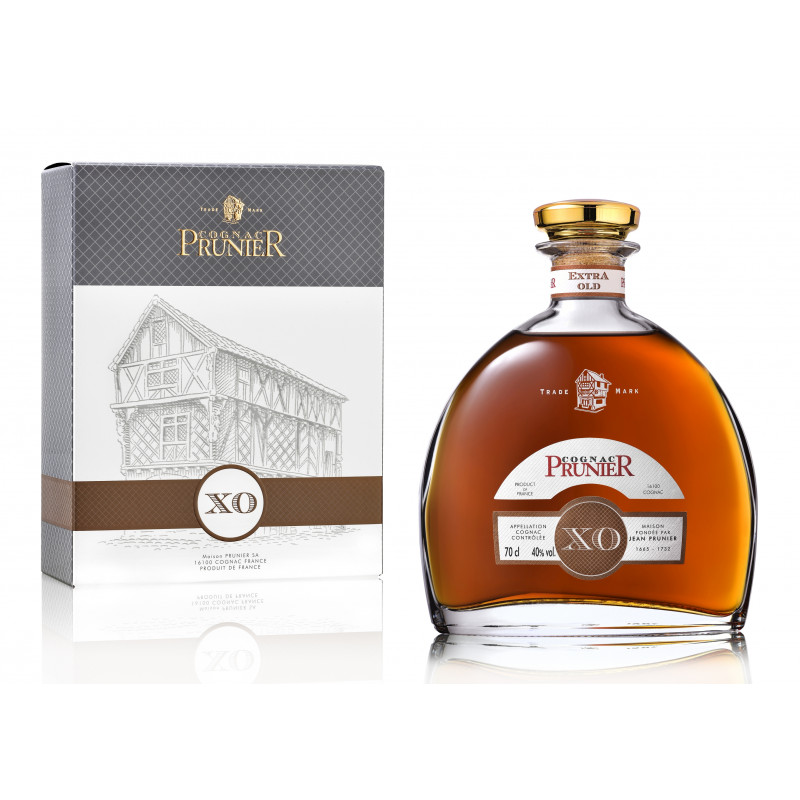
#2. Leopold Gourmel XO Age de Fruit 10 Carats Cognac
There’s no prizes for realizing this aptly-named Cognac is a great example of fruity complexity. Created from solely from Fins Bois eaux-de-vie, it boasts gorgeous notes of yellow, candied, and dried fruits, with apricots clearly evident. It evolves beautifully, and you’ll easily appreciate the tones of citrus on the nose and the ongoing succession of fruit flavors on the palate as you travel the tasting journey.
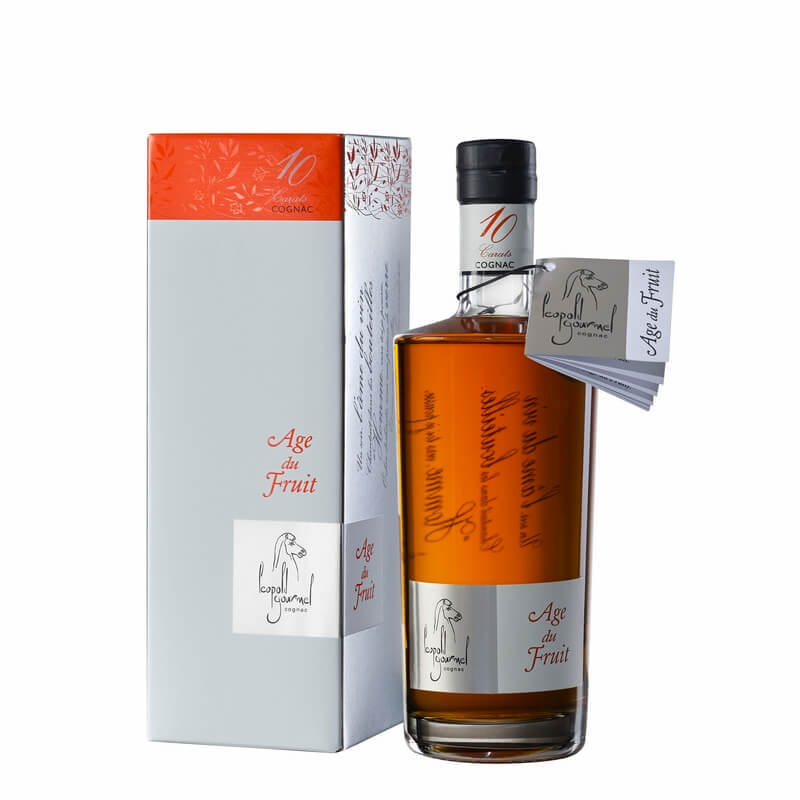
#3. Renault Carte d’Argent XO Cognac
With a nod to the mandarin—the fruit of the 2020 International Fruit Day—the Carte d’Argent by Renault Cognac begins to take us into the older age range. Containing eau-de-vie within the blend that’s aged up to 30 years, tones of candied fruits and figs begin to make an appearance. Mandarins and plums are also evident, making for an award-winning Cognac from a lesser-known house that’s well-deserving of your attention.
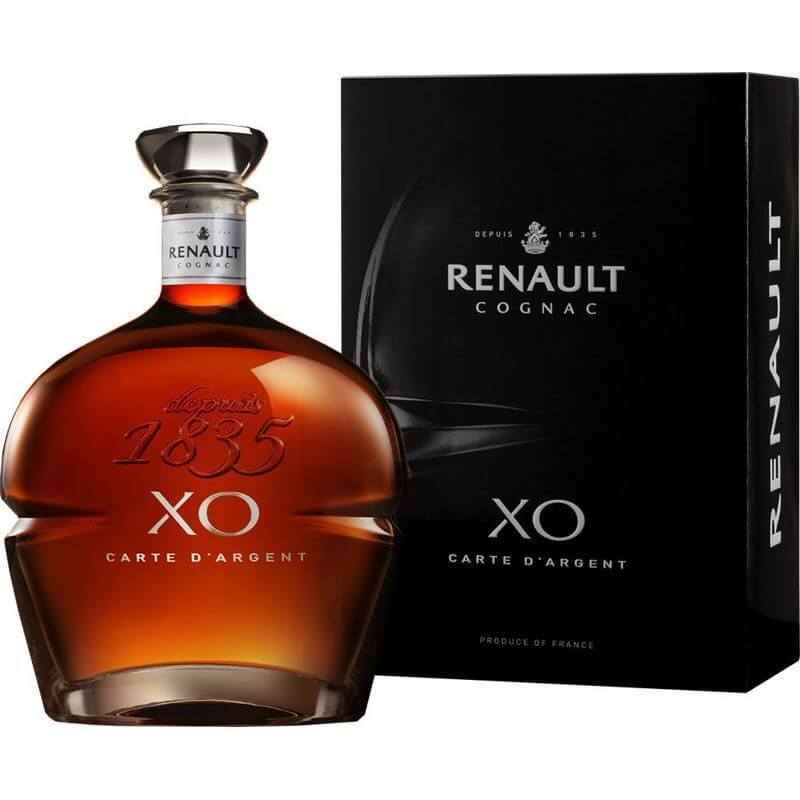
#4. Francois Voyer XO Gold Cognac
A multiple award-winner, and deservedly so, the XO Gold impresses with a blast of complex fruitiness from the outset. Think raisins, orange, and apple on the nose that evolves to a rich palate that’s not too heavy on the spice.

#5. Martell Noblige Cognac
The Napoleon blend that is the Martell Noblige brings a joyous dance of citrus and yellow-fleshed fruits to the nose and palate. Lemons, orange, pears, and prunes are all easy to determine, complemented beautifully by the floral tones brought about by a healthy percentage of Borderies eau-de-vie within the blend. This is a really versatile Cognac—one that’s well suited to those right at the beginning of their Cognac journey who’s looking to understanding the subtle difference between the taste spectrums.

#6. Vaudon XO Fins Bois Cognac
Representing quite extraordinary value for an XO, this offering from Vaudon is citrus heaven. On the palate it evolves into that of mango and candied orange peel. It’s a great example of how the eaux-de-vies of Grande Champagne and Fins Bois marry so well. We recommend pairing it with fish or, perhaps, a sweet dessert.
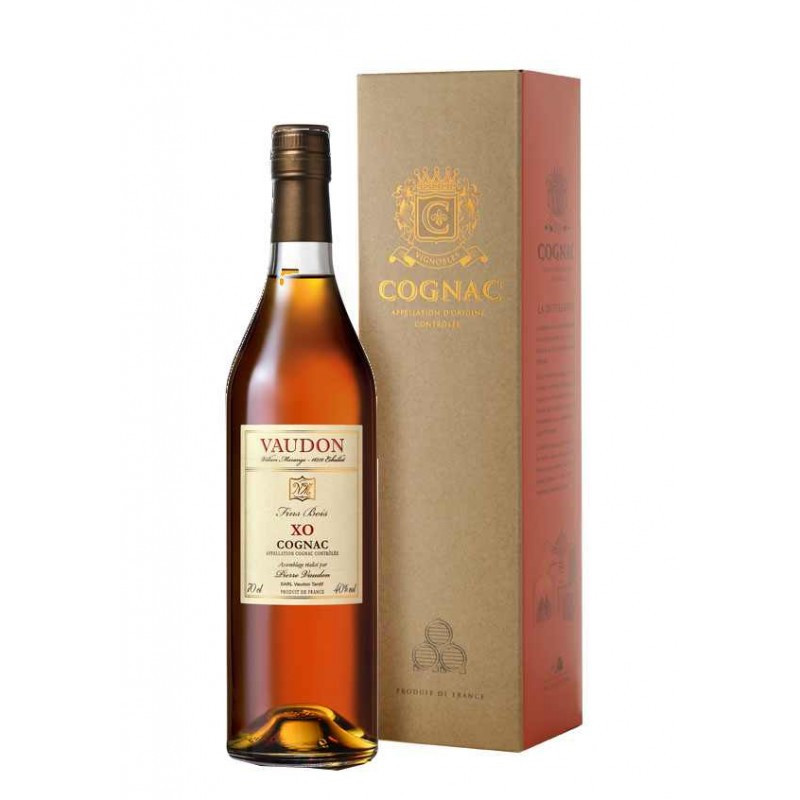
#7. Delamain L’Aigle Cognac
Delamain’s L’Aigle is a wonderful example of the evolution of fruitiness from the nose the palate—in fact, it just becomes more intense the further you go along the tasting journey. Orange and orange zest are particularly apparent, something typical of a well-aged premier cru Cognac. An elegant offering, one that commands your attention at all levels—visually (we love the decanter), aromatically, and on the palate.
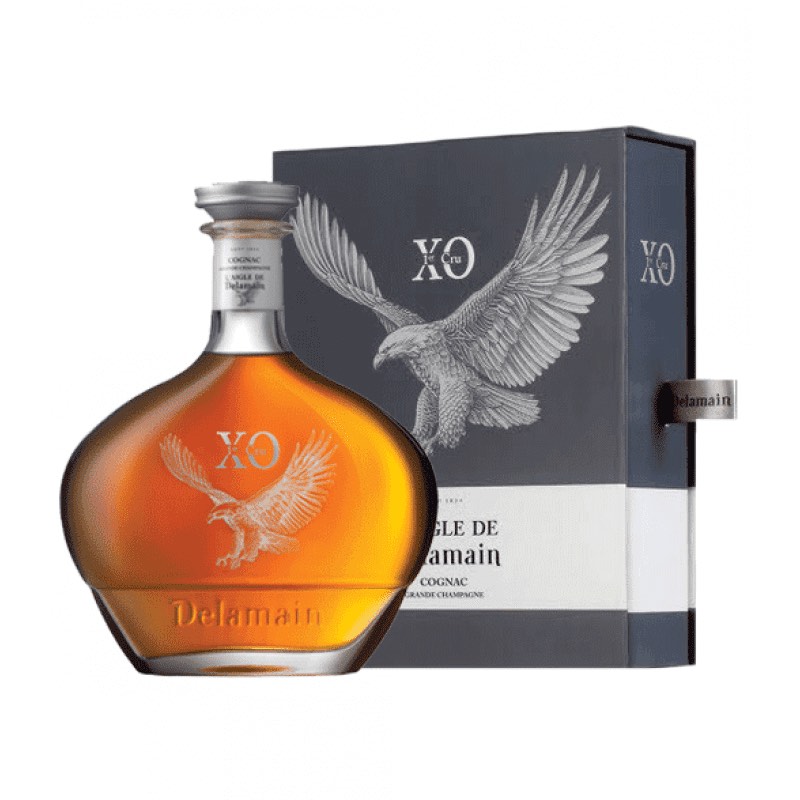
A Note on Tasting
We highly recommend making the tasting discovery an event. Whether this is you on your own, with family, or friends, it’s certainly not something to be rushed. Gather together your tasting paraphernalia: a tulip or balloon-shaped glass, your Cognacs, and somewhere comfortable to sit. We always include a pen and paper (or digital option, if that’s your thing) to note down our thoughts as we taste.
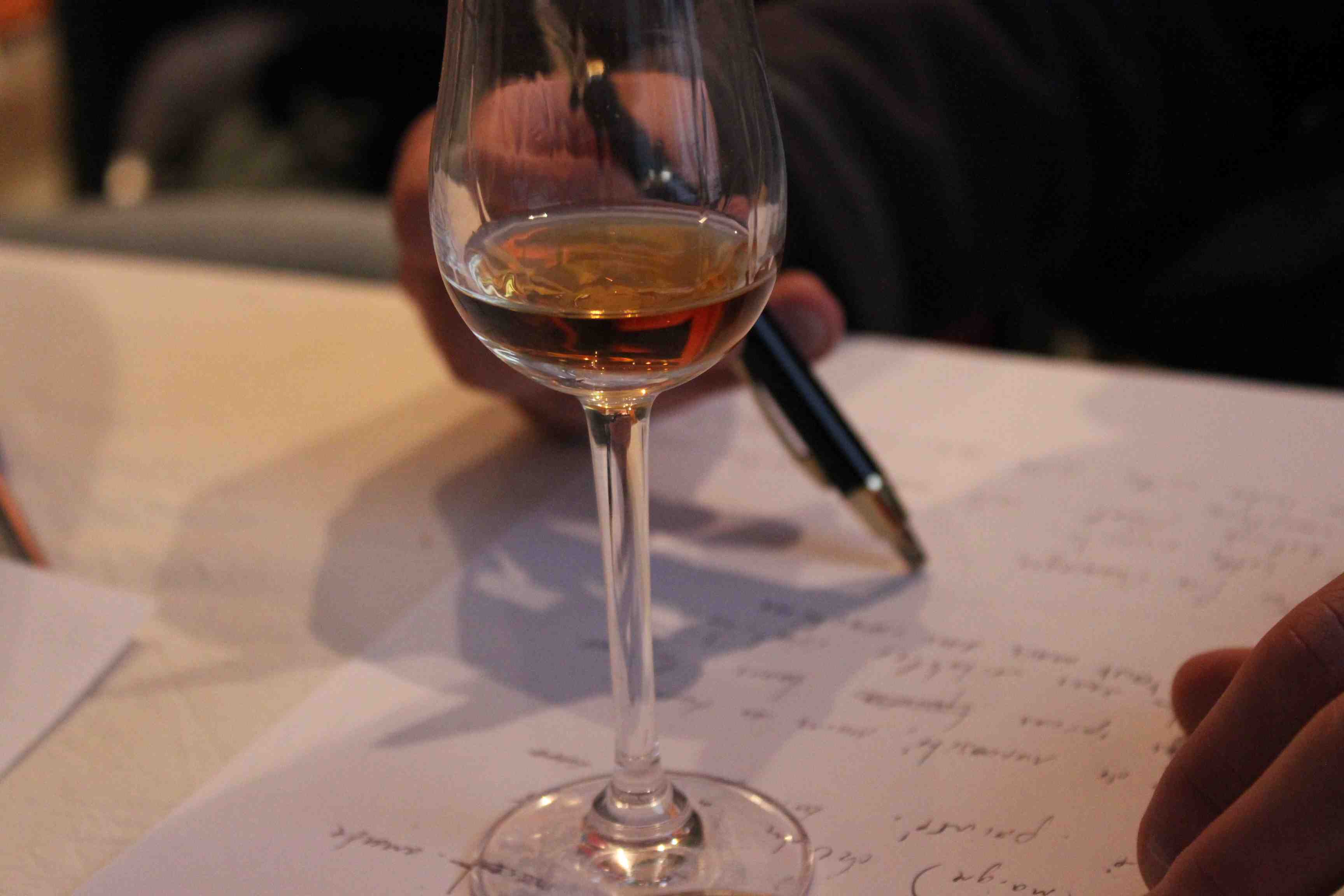
You might want to take some time to think about creating a comfortable surrounding and ambience. This could be on your terrace, balcony, sofa, at the kitchen table… The choice is yours, of course. But most important of all is to allow enough time. Tasting a good Cognac should taste at least 10-15 minutes—longer in some cases. If you have more than one to try then we’d recommend not tasting too many in one go (keep it down to single figures), especially if you’re new to tasting Cognac.
You might want to check out our article How to Taste Cognac for more tips on how to enjoy a fruity Cognac tasting session.
Have we missed out any of your favorites that you think should make our best fruity Cognac list? Let us know in the comments below.


